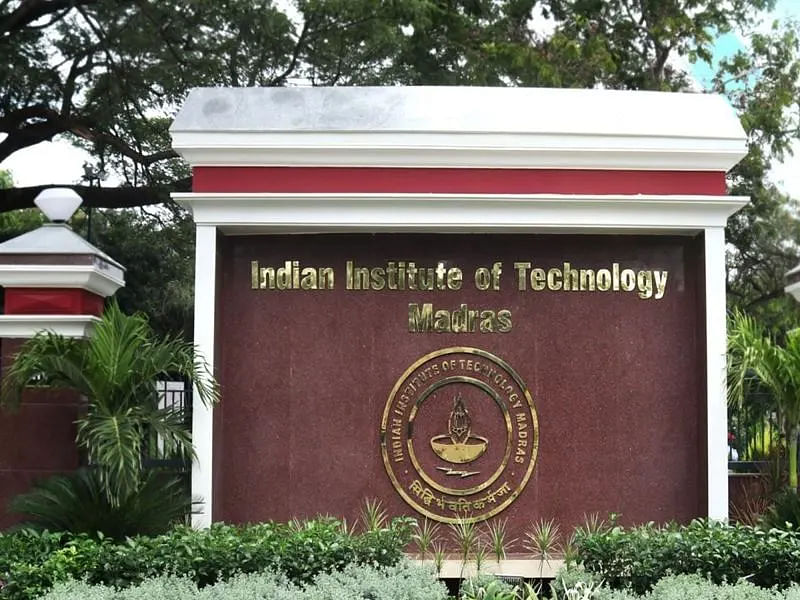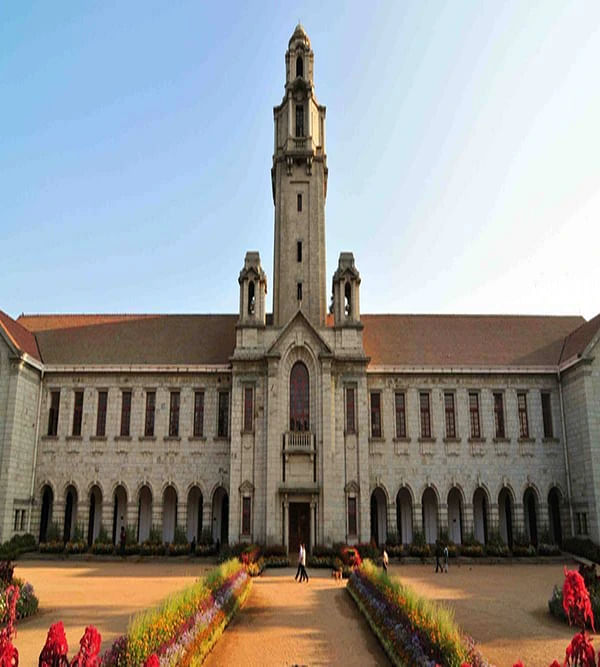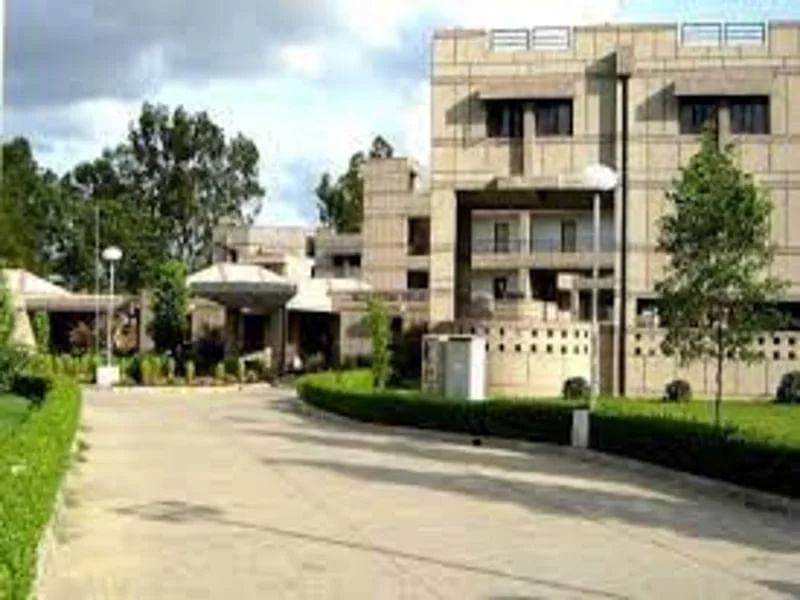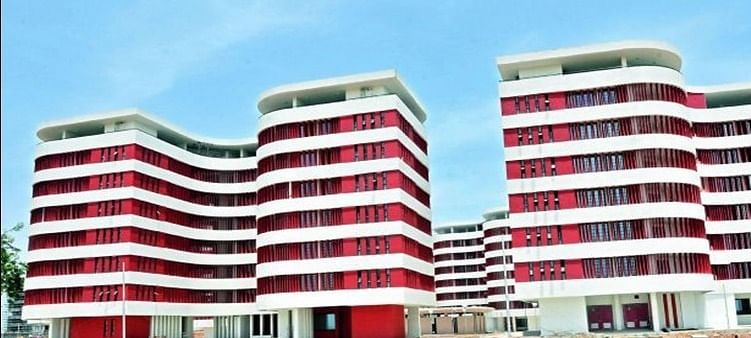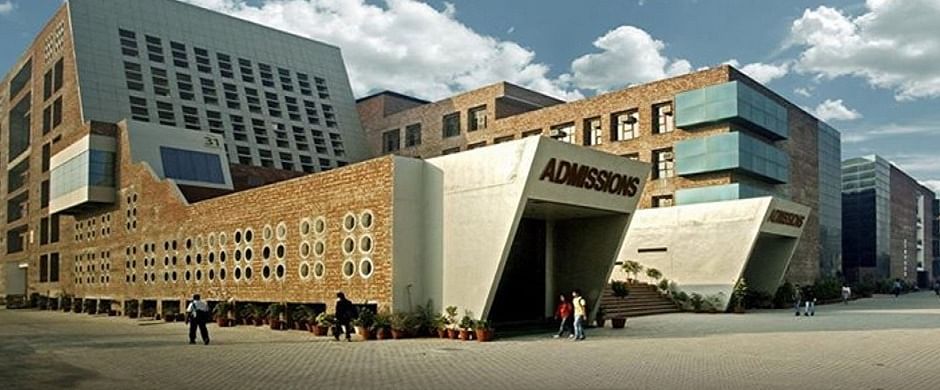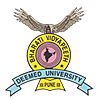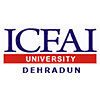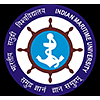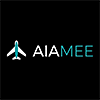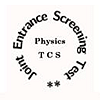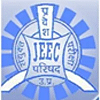M.Tech Aerospace Engineering Syllabus and Subjects

M.Tech Aerospace Engineering is a well-known course and a leading programme in terms of contributing to aerospace technology by constantly attempting to maintain and improve existing Aircraft and Spacecraft components while also introducing new methods and techniques to improve their functionality and structural alignment. The M.Tech in Aerospace Engineering syllabus provides a thorough understanding of the construction and development of Aircraft and Space paraphernalia.
Semester Wise M.Tech Aerospace Engineering Syllabus
The M.Tech Aerospace Engineering course focuses on teaching the principles of designing and constructing tools and machinery for the development of high-tech space technology and aircraft of all types. The M.Tech Aerospace Engineering syllabus covers a wide range of topics and is divided into four semesters. The semester-by-semester M.Tech Aerospace Engineering subject list is listed below:
M.Tech Aerospace Engineering First Year Syllabus
The table below contains the list of M.Tech in Aerospace Engineering subjects in the first year:
| Semester I | Semester II |
| Aerodynamics | Elective II |
| Structure | Elective III |
| Propulsion | Elective IV |
| Flight Mechanics | Elective V |
| Elective I | Elective VI |
| Seminar I | Seminar II |
| Laboratory I | Laboratory II |
| - | Machine Computation Laboratory |
| - | Comprehensive Viva Voce |
M.Tech Aerospace Engineering Second Year Syllabus
The table below contains the list of M.Tech Aerospace Engineering subjects in the second year:
| Semester III | Semester IV |
| Project | Project |
M.Tech Aerospace Engineering Subjects
M.Tech Aerospace Engineering subjects cover a wide range of subjects and syllabus that are essential for aspirants to learn over the course of two years. Subjects for the M.Tech in Aerospace Engineering are divided into core and elective categories. The following is a list of M.Tech Aerospace Engineering core and elective subjects:
M.Tech Aerospace Engineering Core Subjects
The core M.Tech Aerospace Engineering subjects list of essential subjects that all M.Tech Aerospace Engineering students study irrespective of their optional Subject choices is as follows:
- Aeroplane and Aerospace Structures
- Elements of Gas Dynamics & Propulsion
- Engineering Aerodynamics & Flight Mechanics
- Introduction to Space Technology
- Aerodynamic Design
- Structural Design
Practicals
- Aerodynamics Experiments
- Structures Experiments
- Machines Computation Laboratory
- Seminar
- Viva Voce
- Project Work
M.Tech Aerospace Engineering Elective Subjects
Elective I:
- Computer Programming
- Engineering Mathematics
- Advanced Numerical Analysis
- Object-Oriented Programming
Elective II:
- Project Engineering And Management
- Industrial Relations
- Economic Efficiency And Hr Use
- Development Of Human Resources
- Human Behavior And Management
- Systems Approach Management
Elective III-VI:
- Computational Aerodynamics
- Advanced Viscous Flow
- Introduction to Atmospheric Boundary Layer
- Missile Aerodynamics
- Automatic Control Of Aircraft
- Advanced Gas Turbine Theory
- Combustion Processes In Jet Engine
- Advanced Air Breathing Propulsion
- Advanced Propulsion System
- Space Dynamics
- Finite Element Method In Aerostructure
- Advanced Structural Dynamics
- Fracture Mechanics
- Aeroelasticity
- Experimental Stress Analysis
- Industrial Aerodynamics
- Wind Tunnel Design And Testing
- Gas Dynamic
- Composite Structure
- Plates And Shells
- Aircraft Fuel System
- Principles Of Aircraft Design
M.Tech Aerospace Engineering Course Structure
Bachelor of Design in Aerospace Engineering is a two-year course with four semesters. The M.Tech Aerospace Engineering course structure is designed to provide students with all of the necessary and relevant information to become successful in the field of Aerospace Engineering. The subjects in the M.Tech Aerospace Engineering course teach not only theoretical knowledge but also practical and interpersonal skills that are necessary. The following is a breakdown of the M.Tech Aerospace Engineering course structure:
- IV Semesters
- Core Courses
- Elective Courses
- Practicals
- Seminars
- Project Work
M.Tech Aerospace Engineering Teaching Methodology and Techniques
M.Tech Aerospace Engineering has its own set of teaching methodologies and techniques. Subjects are carried out with Practical classes so that students can get a clear picture of what is being taught to them. Practical sessions and seminars give students hands-on exposure to a variety of tools and technologies, allowing them to gain a thorough understanding of techniques in Aerospace Engineering. This leads to gaining theoretical and practical knowledge of the course. The following are the various teaching approaches used in the M.Tech Aerospace Engineering course:
- Practical sessions
- Workshops
- Seminars
- Regular Lectures
- Computer Lab
M.Tech Aerospace Engineering Course Projects
Through project-based learning, the M.Tech Aerospace Engineering programme focuses on offering professional training in the development and construction of Aerospace and Spacecraft components. Working on projects is primarily intended to ensure that students understand the concepts from beginning to end. The following are some of the most common M.Tech Aerospace Engineering projects:
- Energy Glider
- Radio-Controlled Flying Wing
- Autonomous Fixed Wing
- Robotic Bird
- Smartphone-Controlled Paper Plane
- Solar Endurance Flight
- Aerial Mapping Drone
- Gesture Controlled Drone
M.Tech Aerospace Engineering Course Books
The M.Tech Aerospace Engineering books give students an in-depth study of their area of concentration in addition to providing a foundational understanding of the course. Students can access the textbooks for the course both online and offline. Students can make an informed decision by thoroughly understanding the course requirements by downloading the M.Tech in Aerospace Engineering course details prior to enrolling in the course. The following are the reference books for the M.Tech Aerospace Engineering syllabus:
| Name of Book | Author |
| Principles of Ideal Fluid Aerodynamics | Krishnamurty Karamcheti |
| Fundamentals of Aerodynamics | John D. Anderson |
| Fluid Mechanics | Frank M. White |
| Mechanics and Thermodynamics of Propulsion | Hill and Peterson |
| Aircraft Structures for Engineering Students | THG Megson |
